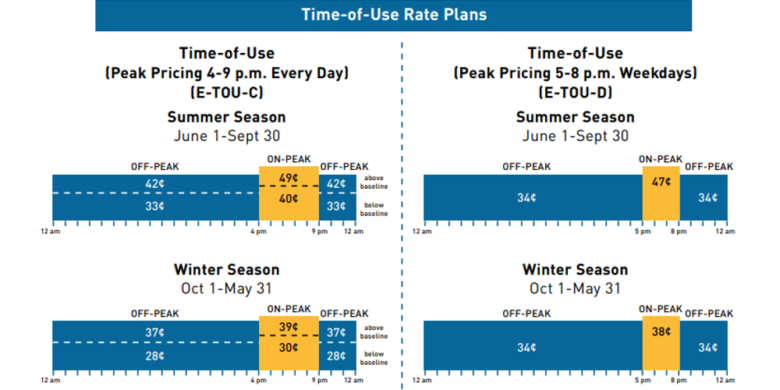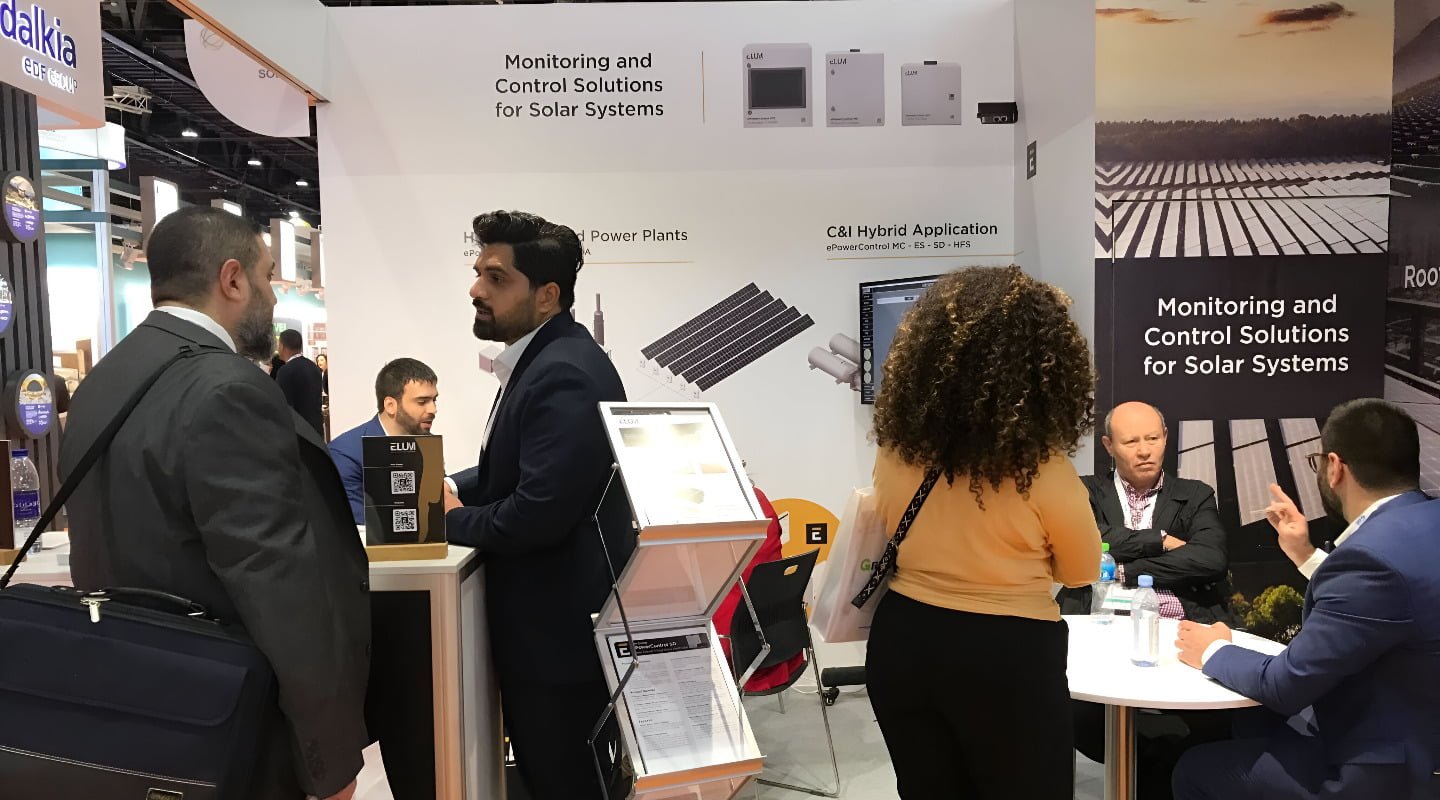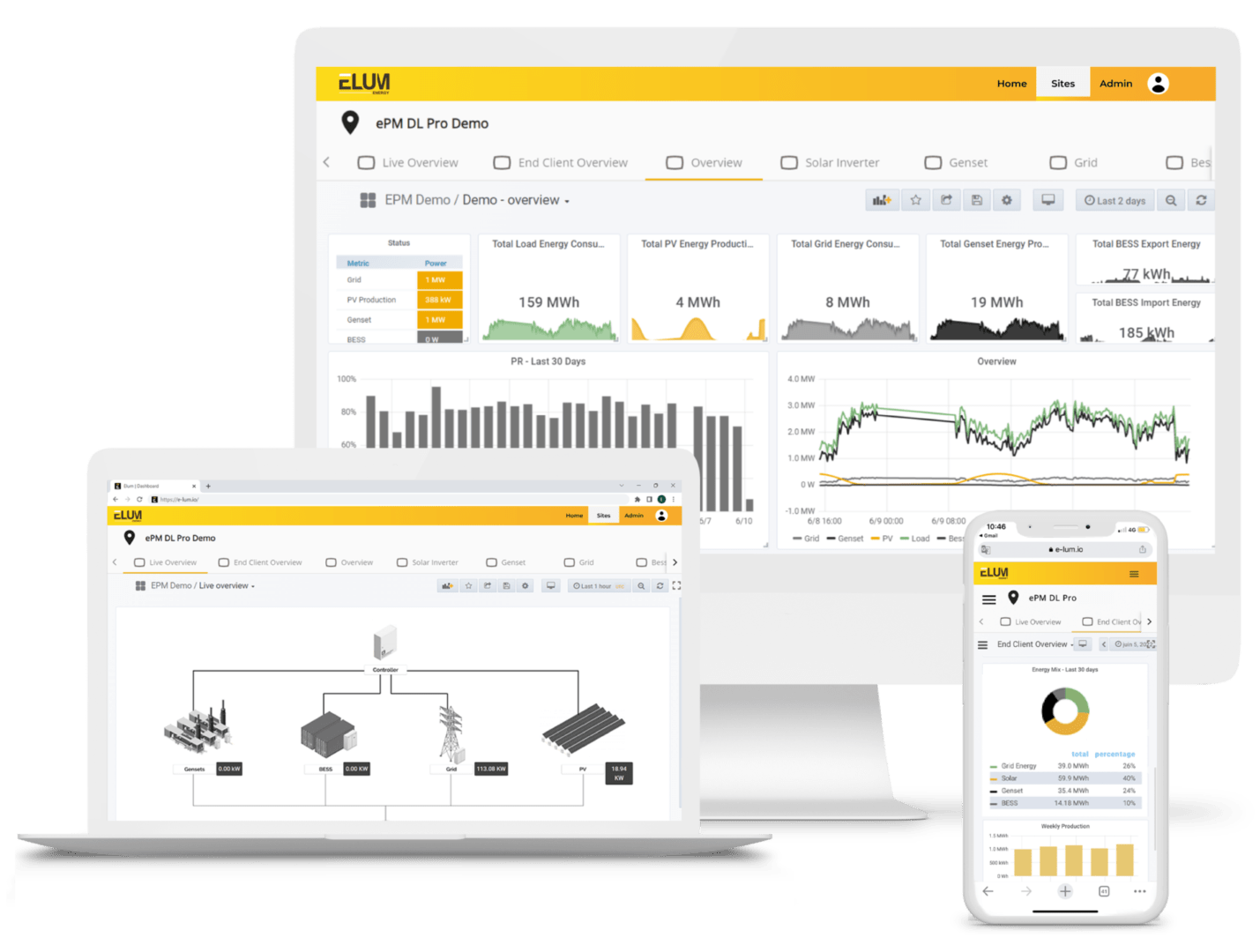Peak Hours and Off-peak Hours for Electricity: All You Need to Know
Introduction
What Are Peak Hours and Off-peak Hours?
How Do Solar Peak Hours Differ?
Understanding Peak and Off-Peak Hours: Factors and Timings
Time-of-Use Rates: Understanding Electricity Pricing and Production
Utility companies produce electricity at varying prices, just as consumers pay varying prices to use that energy. Electricity production costs are typically higher during peak hours. As a result, utility companies began introducing time-of-use rates.
See the table below to better understand this concept:

Image source: PG&E
The purpose of peak hour pricing is to incentivize users to shift their energy consumption to off-peak hours when the demand is lower and the electricity rates are usually more affordable.
What is the Impact of Peak Hours on Businesses?
Peak hours can have a significant impact on businesses, particularly those heavily reliant on electricity for their operations. Increased rates can lead to a rise in operational expenses for businesses, especially for those engaged in energy-intensive activities. Additionally, the strain on the electrical grid during peak hours can result in occasional power fluctuations and outages, disrupting critical processes and causing productivity losses.
To mitigate these challenges, businesses may need to implement energy management strategies, such as shifting non-essential tasks to off-peak hours, investing in energy-efficient technologies, or considering alternative energy sources. By proactively adapting to peak hour dynamics, businesses can better control costs, maintain operational stability, and enhance their overall sustainability. Solar controllers manage the integration of solar and storage systems, further optimizing these efforts.
What is the Solution to Mitigate Peak Hours?
1. Cut Consumption for Non-Critical Loads
2. Use Other Sources of Production Like Solar
3. Couple Solar with Energy Storage Solutions
Energy storage systems are essential companions to solar setups, especially during peak solar production periods. While solar power is a valuable renewable energy source, its generation is dependent on sunlight availability, which may not always align with peak demand periods. This mismatch highlights the need for a reliable storage system to store excess solar energy during non-peak hours and release it during high-demand periods.
Read our insights about why you need an energy storage system to understand how to build up more self-sufficient installations. By integrating energy storage solutions like batteries, businesses can harness surplus solar power and utilize it precisely when electricity costs are at their highest. This strategy enhances energy self-sufficiency but also contributes to a more balanced and resilient electricity grid, reducing dependence on fossil fuels and bolstering sustainability efforts.
A good way to maximize the usage of batteries is by using them with controllers. This type of situation is best handled by our ePowerControl ES for small-scale applications or ePowerControl MC for larger hybrid power plants.
Conclusion
Managing peak hours and implementing time-of-use strategies with the help of controllers and energy monitoring software, is a smart and effective way to optimize solar energy usage. By smartly managing energy production and consumption, businesses and building owners can optimize energy usage, reduce costs, and enhance grid resilience.
In part two, we will delve into the significance of solar controllers in optimizing solar + storage systems to overcome peak hour challenges. Discover how these controllers contribute to maximizing the usage of batteries, leading to more efficient and sustainable energy solutions.
Follow us on Linkedin to be notified of our next article on peak hours!






